When sending an email, if you pay attention, you will see that there are 2 sections that are always displayed in the "To" section, which are CC and BCC. So what is CC in Email? What is BCC? Let's find out more in the article!
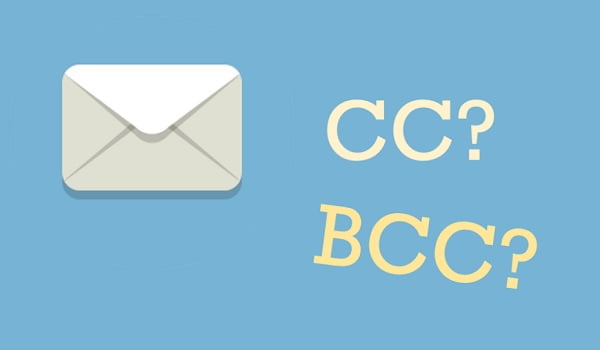
The exchange of information, advertising, working via Email is increasingly popular. Right below the recipient's address line in the Email, there is a CC and BCC section. So what exactly are they? What is the function and difference?
Eye of the storm will help you learn more about BCC and What is CC in Email? on today's topic. The correct use of CC and BCC will help you take advantage of sending Emails to a wide range of recipients, have more effective Email marketing campaigns, and more.

What is BCC and CC in email?
CC is an acronym for Carbon Copy with the meaning that you create Email copies. When you choose CC, you send an additional copy of the Email to one or more recipients. When you use CC to send a message to multiple recipients at the same time, they can see a list of the recipients of this Email.
BCC is an acronym for Blind Carbon Copy. It also means creating Email duplicates. You can send email copies to multiple people at the same time. However, each person on the list who receives Emails through the BCC feature will not see the list of other recipients. So the BCC feature will be suitable if you want to secure the list of Email recipients.
What features do CC and BCC have? How to distinguish them?
As mentioned above, BCC and CC in Email have certain similarities. Specifically, both CC and BCC have the function to create Email copies to send to many people at the same time. This saves you time and increases work productivity.
Besides this similarity, CC and BCC have many differences as follows:
What is the feature of CC in email?
This is a useful type of mailing to send to many people at once, where the recipients in the CC section are not the primary recipients. When you use CC to send an Email, all recipients will see a list of everyone who also received that Email. This is a commonly used feature to send Emails to many members of the same group, company, class, etc., which can be displayed publicly, without the need to keep the identity and information confidential.
What features does BCC have?
This is the way to send Email is used in case you need to keep the identity of the people who receive the same Email. With the BCC feature, you can send Emails to many people at the same time, but they do not see the information and receiving addresses of other people in the same list.
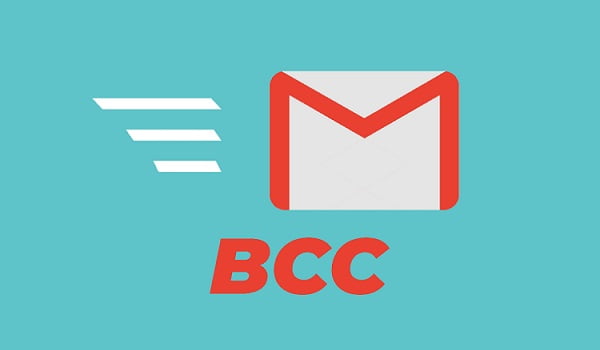
Use CC and BCC effectively when sending Email to customers
When you want to send a message with only one primary recipient and send additional copies to others, you can use CC in Email. And BCC is a suitable sending feature for cases where the identity of the recipient list needs to be kept confidential.
In particular, you should use BCC sending when you want to send copies to other people besides the primary recipient and do not want them to know that you have sent additional copies to others.
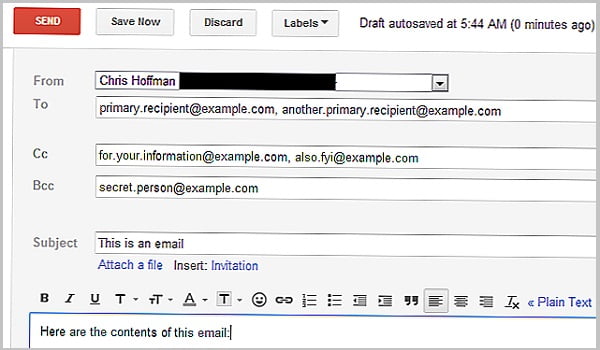
Besides, the BCC mailing feature is also very useful when you want the recipients to focus on the email content. They won't have to see unnecessary information with a bunch of addresses sent to them.
You can refer to how to send CC and BCC in Gmail below to be able to use these features more effectively.
How to send CC and BCC in Gmail
Step 1: First, the user accesses Google's Gmail address. You enter your account and password and then click login. If you don't have an account, you can create a new Gmail account very easily, then log in as usual.
Step 2: After logging in to your Gmail account, click the "Compose" button.
Step 3: In this step, the user types the email subject, the main recipient address and the content to send.
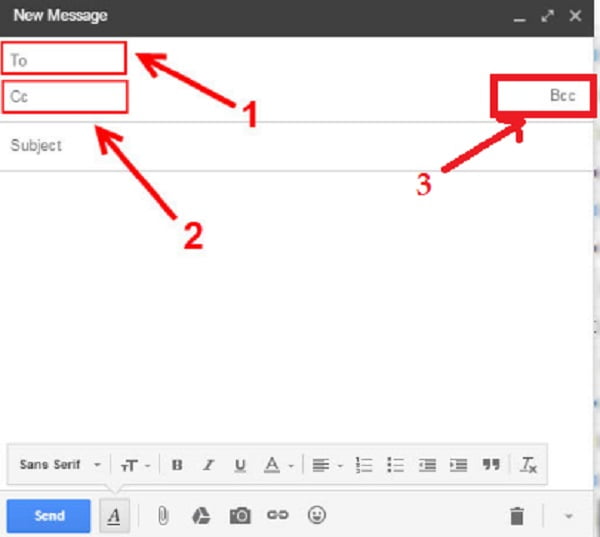
(1) Where to enter the main recipient's Email
(2) Click to select Email CC
(3) Click to select the BCC Email sending feature
Step 4: At this point, you can choose BCC or CC to add the names of other recipients and send copies of Email copies to them at the same time.
You press CC, or press the key combination Ctrl+Shift+C to use the CC Email sending feature. You can use this sending feature if you want all recipients to know a list of who is receiving Emails.
To use the BCC mailing feature, click BCC, or press the key combination Ctrl+Shift+B. With this feature, the recipient will not see a list of other recipients.
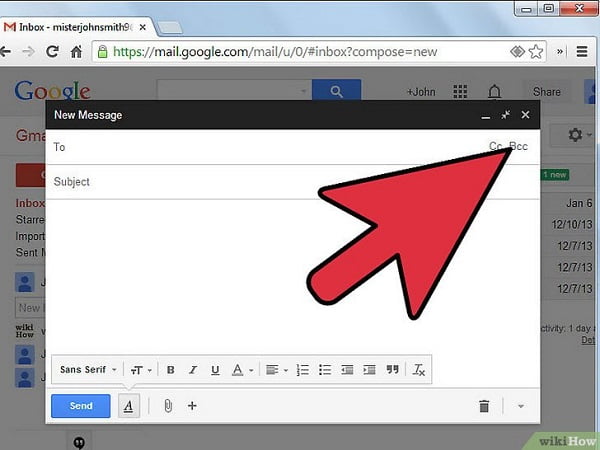
Step 5: You carefully check the information, the message content and Click the "Send" button to complete.
In addition to using regular email addresses, you can use email addresses under your own domain name to increase reliability and professionalism in the eyes of recipients. Email with your own domain name also helps increase brand recognition and enhance the reputation of the business with customers and partners. Registration Service Email for business belong to Eye of the storm especially trusted by many business customers with 24/7 professional support team, 99.9% Online commitment.
Hope the above article of Eye of the storm explained to you BCC and What is CC in Email?. Distinguishing and properly using these two features will help you send group emails more effectively. Another thing you need to keep in mind is that if you send a message to many people but do not use the CC and BCC features, by default the message will be sent under the CC feature.







Post a Comment
Post a Comment